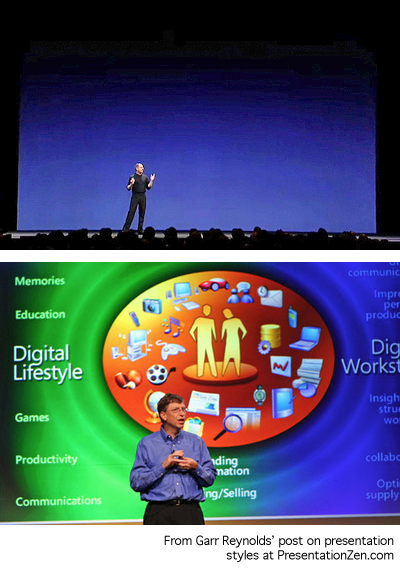 Increasingly we’re all swimming in a river of news, information and communications, and the flow is moving faster all the time. Not only are more of us accessing content online instead of paying attention to a handful of traditional media offerings, more of us are shifting our attention to such services as Twitter and what’s becoming known as the real time web, called that since frequently these services are the first place alerts, news stories and even trendy topics are emerging.
Increasingly we’re all swimming in a river of news, information and communications, and the flow is moving faster all the time. Not only are more of us accessing content online instead of paying attention to a handful of traditional media offerings, more of us are shifting our attention to such services as Twitter and what’s becoming known as the real time web, called that since frequently these services are the first place alerts, news stories and even trendy topics are emerging.
This real time web is becoming more important, but it’s further diluting the attention we can pay to any one piece of news, information or communication. One reason it’s importance is increasing is that more of us can access the real time web with our computers, of course, but especially with our mobile devices which we carry about wherever we go.
Because of this ability to connect with online services regardless of where we are, more of us are always on and always connected and our attention is split between an ever growing array of places online. We’re able to pay attention to this news, information and communication flow in the grocery store, while waiting in our car at a stoplight, while our kids are huddled with the coach during a momentary lull in their soccer game, or when we’re watching a TV show or political debate and “discussing” it with those whom we’re connected with through these sorts of services like Twitter.
Our dispersed attention isn’t just a problem for each of us trying to keep our heads above water in that rapidly flowing river of stuff, it’s also a huge problem if you are an entrepreneur, marketer, salesperson, small business owner, or even a teacher or cub scout leader trying to communicate the essence of your message and get people to pay attention to you and to it whether that message is delivered in person or online.
Thankfully there are some new models emerging that are beginning to point the way toward how we must communicate in a world with a scarcity of attention and is enabling more of us to understand how to cut to the chase and get the essence of our points across.
1) In the tech world, many are familiar with the Ignite model, which gives startups five minutes on stage with roughly 20 slides that automatically advance. For the startups, it makes them hone their message and deliver it succinctly. For the audience, it spares us from the droning on and on that usually comes from an entrepreneur wanting to make certain they hit every single point. No matter how bad someone’s presentation is or how tedious their value proposition, as an audience member I know I can sit through anything since it’ll be over soon if I don’t like it.
2) Our local tech showcase, Minnedemo, follows this format as does one that I had no idea even existed (until the local folks driving it followed Minnov8 and my Twitter accounts yesterday) and is called Pecha Kucha. It’s premise is “20×20” or 20 slides each for 20 seconds in duration (for a 6:40 presentation length). Geared toward creatives and idea delivery, Pecha Kucha is a global phenomena that started in Japan and has rocketed around the world, now in over 80 cities.
In this video, author Daniel Pink delivers a Pecha Kucha presentation about Pecha Kucha so you can see this style at work:
httpvh://www.youtube.com/watch?v=9NZOt6BkhUg
3) The last data point about getting people to pay attention came to me in late 2005 when I became hooked on reading Garr Reynold’s site, “PresentationZen,” mainly due to this post about the difference in graphic presentation styles between Steve Jobs and Bill Gates (see the image above). Many bloggers linked to this post and brought forth the analogy that these two styles — one minimalist and the other quite cluttered — were illustrative of the two men’s approaches to operating systems, features in applications like word processors, and basically everything their respective companies produced.
4) Even local entrepreneur, George Johnson, whose TEL.A.VISION offering is teaching kids about creating visions for their futures has realized an unintended consequence. Their method is teaching these kids how to use online tools to concisely create and deliver their 3 minute visions in a way that is compelling to anyone watching it, a critical skill for these kids who will enter a workforce some day where highly honed communication ability will be an imperative.
Cutting to the chase and getting to the essence is the key. When there is no “cost penalty” for making more web pages, delivering longer videos, or droning on and on in a presentation, more people are awakening to the fact that there is an “attention cost” with people who are increasingly unwilling to give theirs to those that can’t cut to the chase or deliver the essence of what they’re trying to communicate.